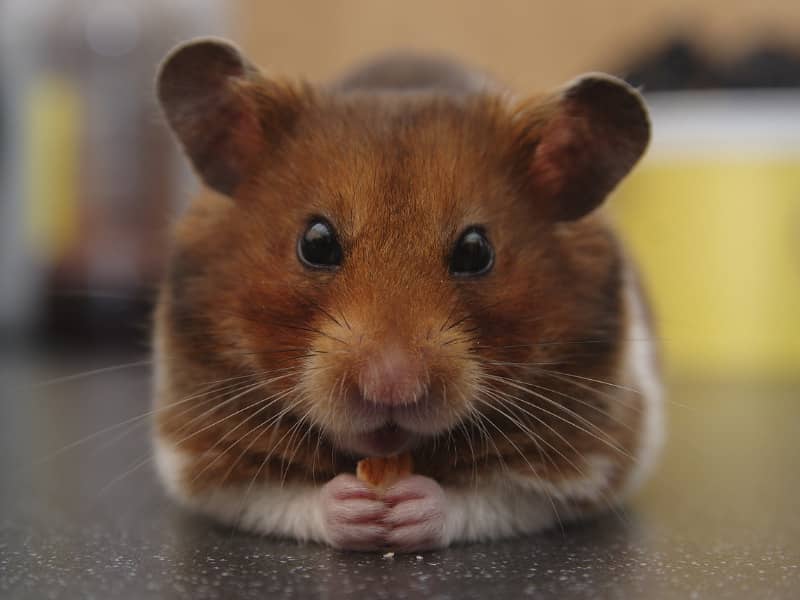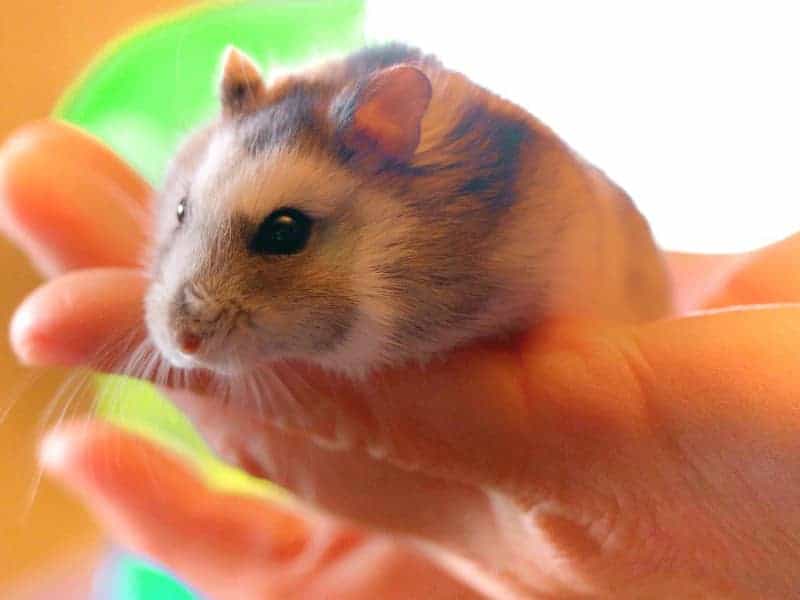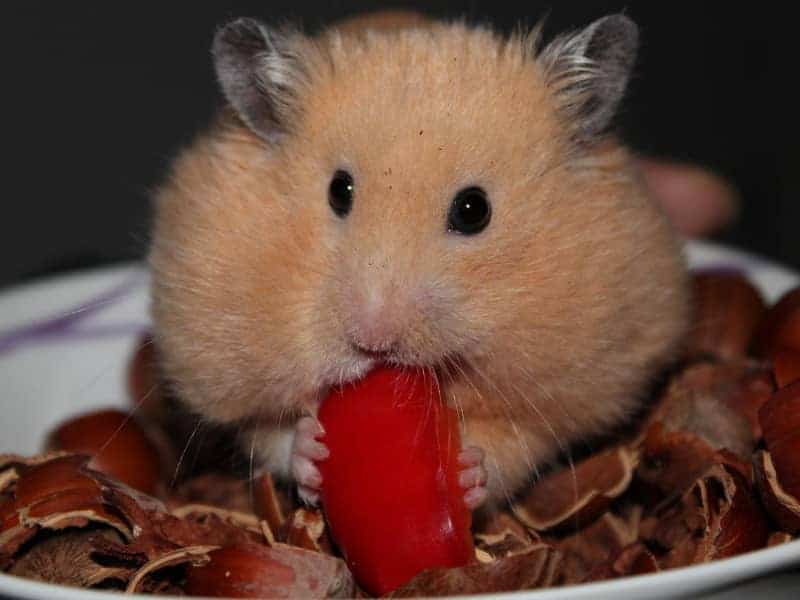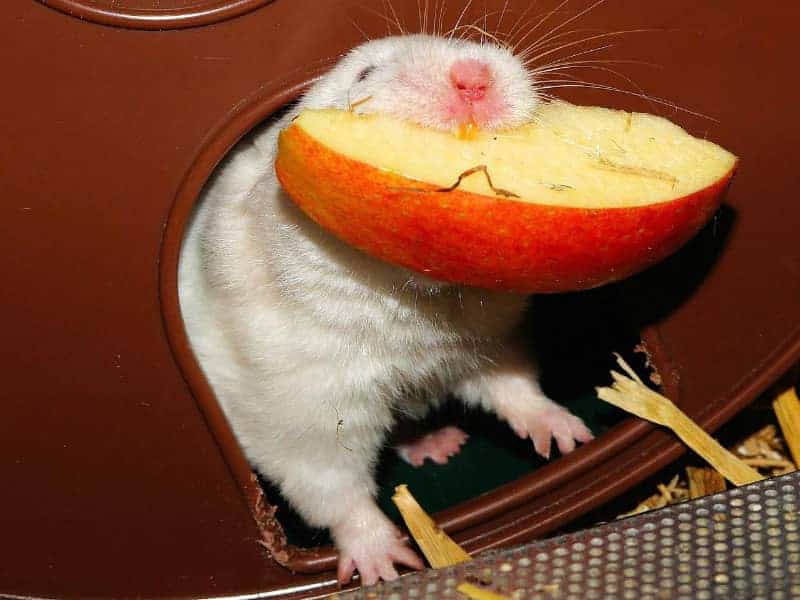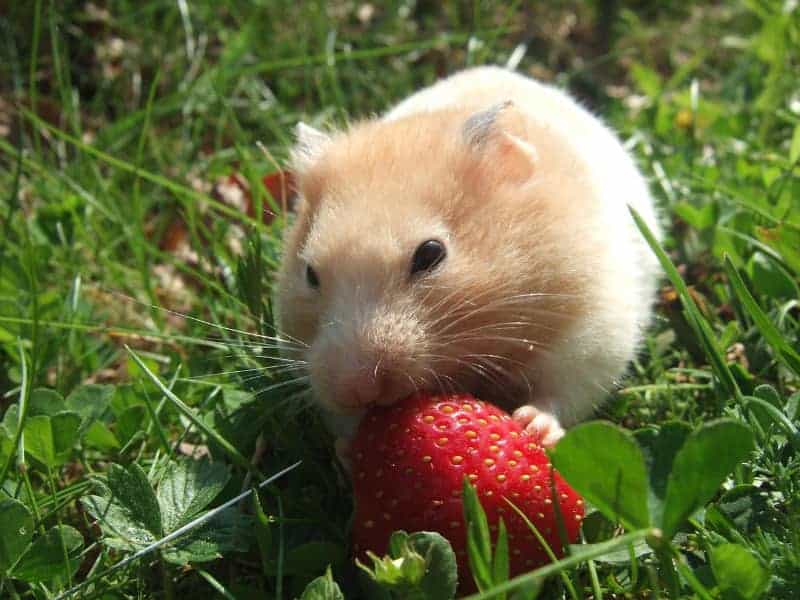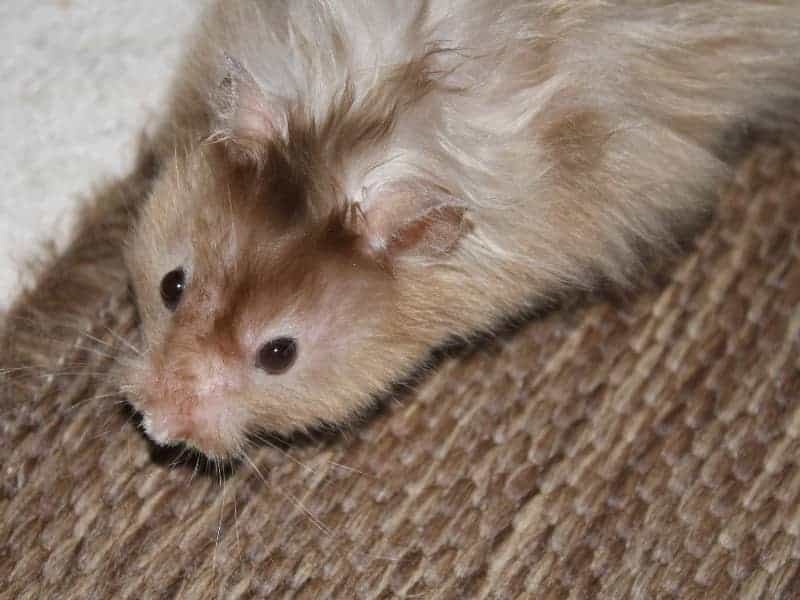
Teddy hamster
So you are interested in learning more about Teddy Hamsters? Maybe you're thinking about getting one as a pet, or you're just fascinated by these cute little creatures. Either way, you've hit the right blog post! Here we will embark on a journey together to discover everything you need to know about the Teddy Hamster.
Who are the teddy hamsters?
Teddy hamster" is an affectionate nickname often used for Syrian Golden hamster used, reminiscent of teddy bears by their fluffy fur and pretty appearance. Their original homeland, as the name suggests, is Syria, but they were introduced to the Western world as pets over a hundred years ago and have since won many hearts.
What makes a teddy hamster?
Syrian hamsters, or Teddy hamsters, are known for their size compared to other hamster species. They can grow up to 15 inches long, making them one of the largest hamster species. Their life expectancy is usually around two to three years, although some can live up to four years with good care and health.
Their fur can come in a variety of colors, including white, brown, black, yellow, and everything in between. The fur colors can even be mixed, resulting in some wonderfully pretty and unique patterns. And of course, their fur is very soft and fluffy, just like a teddy bear's, which earns them their cute nickname.
A look into the personality
If you've ever wondered what a teddy hamster's personality is like, you'll be pleased to learn that they are often described as friendly and tame. They are usually very curious and active, mainly at night, as they are nocturnal animals. However, this can also mean that they sleep during the day and don't show much activity.
Something you should keep in mind is that Syrian hamsters are solitary animals and therefore should be kept alone. They can become very territorial, especially as they get older, and can be aggressive towards other hamsters that invade their space. But don't worry, as long as they have enough space and are well cared for, they will be happy.
Habitat and care
An important aspect of keeping a Teddy Hamster is understanding their habitat and care needs. Syrian hamsters need plenty of room to move, play and explore, so a spacious cage is necessary. A cage that measures at least 80 cm x 50 cm is ideal, although larger is always better, of course.
The cage should contain a variety of toys and activities to keep the hamster occupied and stimulated. These include running wheels, tubes to run through, houses to sleep and hide in, and various floors to climb.
When caring for a teddy hamster, it is important to ensure that it receives a balanced diet. This should consist of high quality hamster food, fresh fruits and vegetables, and occasional proteins such as hard boiled eggs or boiled chicken. It is also important that they always have access to fresh water.
Health and well-being
The health of your Teddy Hamster is of course of great importance. When well cared for, these little creatures can live a happy and healthy life. Some things you should look out for to ensure your hamster's health include adequate exercise, a balanced diet and regular cleaning of their cage.
One important thing you should know is that hamsters tend to hoard their food. They have cheek pouches in which they store their food and then consume it later in their hiding place. Therefore, make sure that you clean your hamster's hiding place regularly to remove perishable food and prevent bacterial growth.
It is also important to watch for signs of illness or discomfort in your hamster. Watch for changes in behavior, such as less activity, changes in eating or drinking patterns, weight loss, or noticeable behavior such as rolling around or squinting. If you notice any of these signs, be sure to consult a veterinarian.
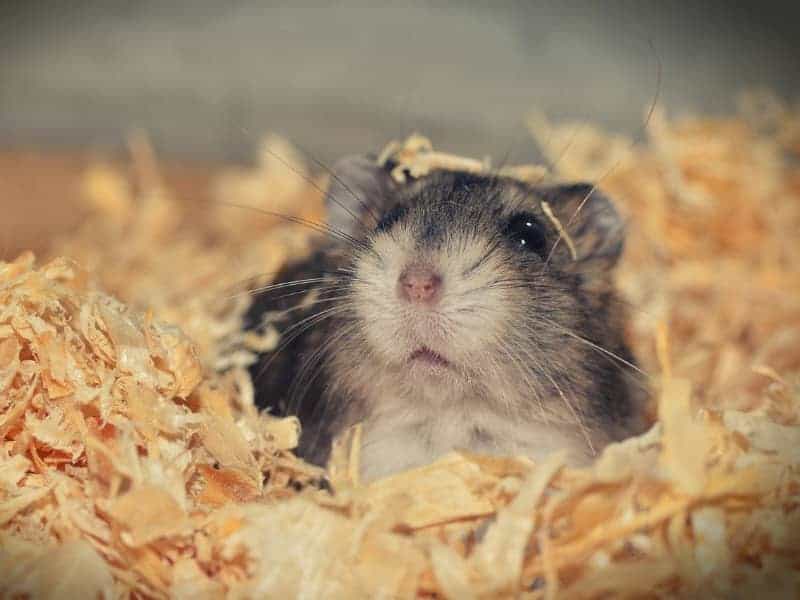
What do Teddy hamsters actually eat?
As mentioned earlier, diet is a very important aspect of caring for a teddy hamster. A balanced diet is crucial to your hamster's health and well-being. Hamsters are omnivores, which means they eat both plant and animal foods.
The basis of their diet should consist of special hamster food, which you can find in any pet store. This food is often a mixture of seeds, grains and pellets and will provide the hamsters with the nutrients they need. However, it is important to make sure that your hamster doesn't just pick his favorite parts out of the food, as this can lead to an unbalanced diet.
In addition to their main food, hamsters also like a variety of fresh fruits and vegetables. You can give them small amounts of apples, carrots, broccoli and other vegetables. But be careful with fruit, as it contains a lot of sugar and should only be given in small amounts.
Occasionally, you can also offer your hamster protein in the form of hard-boiled eggs, boiled chicken, or special insects available at pet stores. Remember to always make sure that any food you give your hamster is free of spices and other additives.
Play and employment
Teddy hamsters are very active and curious animals, so they need plenty of activity and stimulation. One of the best ways to provide this for your hamster is to provide toys and other activities in his cage.
One of the most important toys for your hamster is the running wheel. Hamsters love to run, and the running wheel allows them to do so in their cage. Make sure the running wheel is large enough so that the hamster's back doesn't bend while running. The running wheel should also have a firm surface to prevent injury.
A safe home
In addition to running wheels, tubes and tunnels are another popular toy for teddy hamsters. These mimic the natural environments where hamsters would dig and explore. You can buy special hamster tunnels at pet stores, or you can get creative and make your own out of cardboard rolls.
It is also important to provide your hamster with hiding places. A cottage or similar structure that your hamster can retreat to is ideal. This will give him a safe place to sleep and relax when he feels the need.
Also, teddy hamsters enjoy climbing and exploring their surroundings from different perspectives. So you might consider adding different levels or platforms to your hamster cage. You could also add ladders or ramps to help your hamster reach these levels.
Interaction and socialization
Although Teddy hamsters are solitary animals, they still enjoy a certain amount of interaction with their human caretakers. It's important to get your hamster used to human touch from an early age so that it becomes tame and hand-holding.
Take your hamster out of the cage for a while each day to give him some exercise and variety. You can let him run in a safe area or just hold him on your lap and pet him. Make sure you are always careful when picking up your hamster, as they are very fragile and can easily fall.
It is also important to keep your hamster in a room where people are often. This way he will get used to the presence of people and feel less stressed or anxious when people are around.
Understanding the needs of the teddy hamster
In summary, Teddy Hamsters can be fantastic pets that bring joy and entertainment to any household. They are relatively easy to care for and do not require the same level of attention and care as some other pets.
Nevertheless, it is important to remember that teddy hamsters also have their own needs and requirements. They need a spacious cage, a balanced diet, plenty of activity and adequate social interaction to be happy and healthy.
A teddy hamster can be a wonderful pet as long as you are willing to take responsibility for its care. With proper care and attention, your hamster can live a long, happy and healthy life.
Now that you know more about teddy hamsters, you may be ready to embark on the adventure of hamster care. It can be a rewarding experience that will give you many memorable moments and a special bond with your little furry friend. Whether you already have a hamster or are considering getting one, I hope this information will help you better understand your hamster's needs and provide him with the best home possible.
Author

-
Garden animal - A life with nature
Welcome to my animal blog! My name is Dirk and I am happy to take you on my journey through the fascinating world of animals and gardening.
Born 54 years ago, I have had an insatiable curiosity for the animal world around me since childhood. Although I have moved professionally in other industries, my true passion has always been animals and nature. It is remarkable how a small garden has become such an important part of my life.
Many of my fondest memories are associated with the animals that share our home. Whether it's the curious squirrels that scurry across the trees in the morning, the colorful variety of birds that visit our feeders, or the busy bees and butterflies that pollinate our flowers, every moment with them is invaluable to me.
This blog is my contribution to share my experiences, discoveries and insights with like-minded people. Here I will share stories of unforgettable encounters with animals, give tips on gardening and creating wildlife-friendly habitats, and take you on my journeys through nature.
Thank you so much for being here!
Cordial,
Dirk aka garden animal
Last posts
- 27. February 2024PetsVeganes Hundefutter – Grün und Gesund?
- 18. January 2024ChickensOregano für Hühner
- November 27, 2023HamsterDiurnal hamsters
- November 24, 2023HamsterHamster hammock

